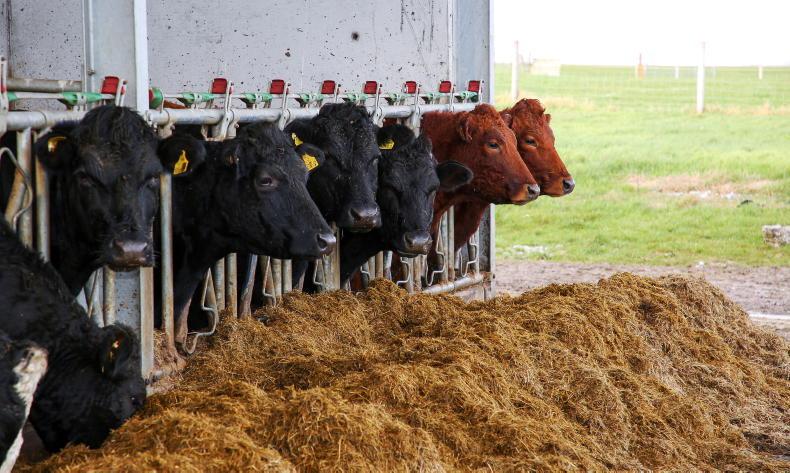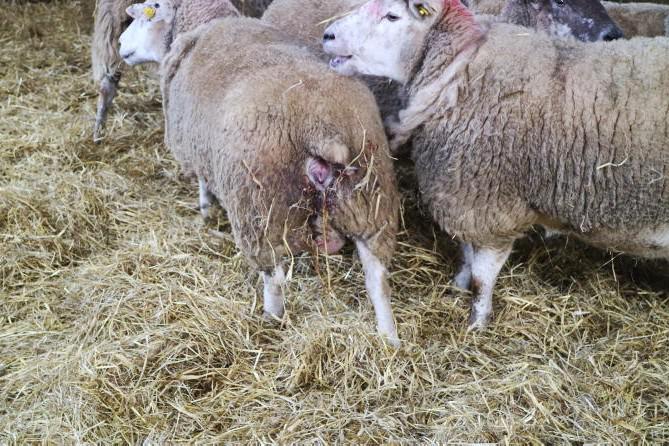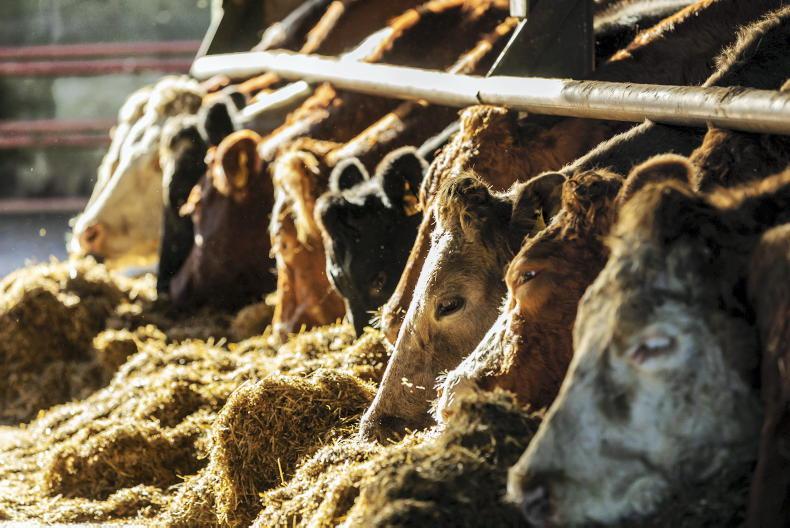After a wet summer and autumn, fluke will pose a serious health challenge to cattle, and dosing animals earlier than normal may prove worthwhile.
But rather than resort to the usual routine and product when dosing for fluke, consider the following five steps to get the most effective control.
1. Choosing the right fluke product
When it comes to choosing a product, pay attention to the active ingredient, as this is the important bit. It will normally be listed under the trade name on the label.
Products with active ingredients such as triclabendazole are more effective at treating early immature fluke within two to three weeks post housing.
Other products with ingredients such as clorsulon are more effective at targeting adult fluke and are best given around 10 weeks post housing.
2. Treat high-priority cattle early
Where cattle are on a high-concentrate diet, it is crucial these animals are gaining adequate weight to cover feed costs.
As such, these animals should be dosed within two to three weeks of housing to get on top of fluke early.
Choose a product that controls immature and mature fluke, but be mindful of withdrawal dates in finishing cattle.
Stores or weanlings that will be sold next spring should also be treated shortly after housing. Again, this will maximise weight gain over winter.
Maiden heifers that will go to the bull next spring will also benefit from an early fluke treatment, keeping animals on track to reaching target breeding weight.
Dry spring-calving cows are lower priority animals and can be treated early, or left for 10 weeks post housing, whichever is more practical.
The only exception would be with thin cows and first calved heifers that need to gain body condition. Such animals should be treated shortly after housing.
3. Don’t just buy the cheapest fluke product available
Don’t just buy the cheapest fluke drench on the shelf. Look at the dosing rate required and the number of animals the drench will cover.
Some products are initially cheaper, but require a large dosing volume and multiple bottles are needed. They can work out just as dear, if not more expensive, in the long run.
4. Pour-on, oral drench or injected products
When it comes to a pour-on, oral drench or injected product, they all have pros and cons. With oral drenches, use a head scoop.
Cattle have a tendency to spit out the drench if the head is not properly restrained and it is usually a much slower way to dose animals.
Pour-on drenches are faster to apply and there is greater accuracy. But when working in an outdoor handling unit, a dry weather window is needed.
Injection-based products can be applied relatively quickly and it is easier to adjust the dosing rate from animal to animal, reducing the risk of under- or over-dosing.
5. Try a different product to prevent resistance building
Rather than repeatedly using the same fluke drench, change to a different product every so often to avoid resistance building in animals.
When changing product, that means using something with a different active ingredient, rather than just changing to a different brand name.
Read more
Top-quality show calves up for grabs at McNamee's production sale
In-calf heifers average £3,563.79 (€4,090.20) at JALEX Select
After a wet summer and autumn, fluke will pose a serious health challenge to cattle, and dosing animals earlier than normal may prove worthwhile.
But rather than resort to the usual routine and product when dosing for fluke, consider the following five steps to get the most effective control.
1. Choosing the right fluke product
When it comes to choosing a product, pay attention to the active ingredient, as this is the important bit. It will normally be listed under the trade name on the label.
Products with active ingredients such as triclabendazole are more effective at treating early immature fluke within two to three weeks post housing.
Other products with ingredients such as clorsulon are more effective at targeting adult fluke and are best given around 10 weeks post housing.
2. Treat high-priority cattle early
Where cattle are on a high-concentrate diet, it is crucial these animals are gaining adequate weight to cover feed costs.
As such, these animals should be dosed within two to three weeks of housing to get on top of fluke early.
Choose a product that controls immature and mature fluke, but be mindful of withdrawal dates in finishing cattle.
Stores or weanlings that will be sold next spring should also be treated shortly after housing. Again, this will maximise weight gain over winter.
Maiden heifers that will go to the bull next spring will also benefit from an early fluke treatment, keeping animals on track to reaching target breeding weight.
Dry spring-calving cows are lower priority animals and can be treated early, or left for 10 weeks post housing, whichever is more practical.
The only exception would be with thin cows and first calved heifers that need to gain body condition. Such animals should be treated shortly after housing.
3. Don’t just buy the cheapest fluke product available
Don’t just buy the cheapest fluke drench on the shelf. Look at the dosing rate required and the number of animals the drench will cover.
Some products are initially cheaper, but require a large dosing volume and multiple bottles are needed. They can work out just as dear, if not more expensive, in the long run.
4. Pour-on, oral drench or injected products
When it comes to a pour-on, oral drench or injected product, they all have pros and cons. With oral drenches, use a head scoop.
Cattle have a tendency to spit out the drench if the head is not properly restrained and it is usually a much slower way to dose animals.
Pour-on drenches are faster to apply and there is greater accuracy. But when working in an outdoor handling unit, a dry weather window is needed.
Injection-based products can be applied relatively quickly and it is easier to adjust the dosing rate from animal to animal, reducing the risk of under- or over-dosing.
5. Try a different product to prevent resistance building
Rather than repeatedly using the same fluke drench, change to a different product every so often to avoid resistance building in animals.
When changing product, that means using something with a different active ingredient, rather than just changing to a different brand name.
Read more
Top-quality show calves up for grabs at McNamee's production sale
In-calf heifers average £3,563.79 (€4,090.20) at JALEX Select










SHARING OPTIONS